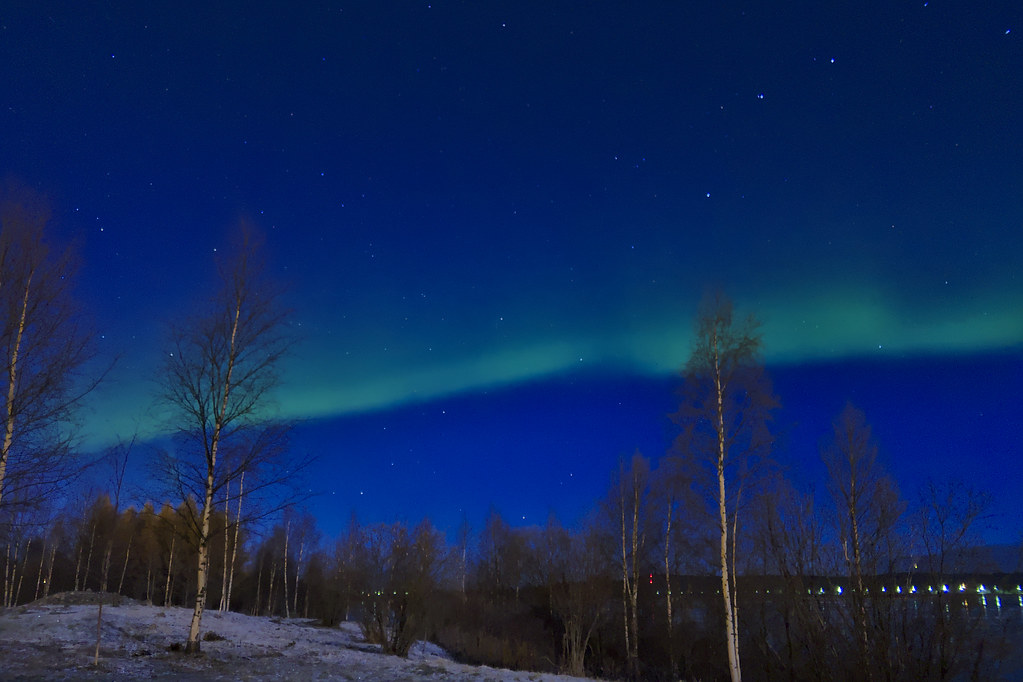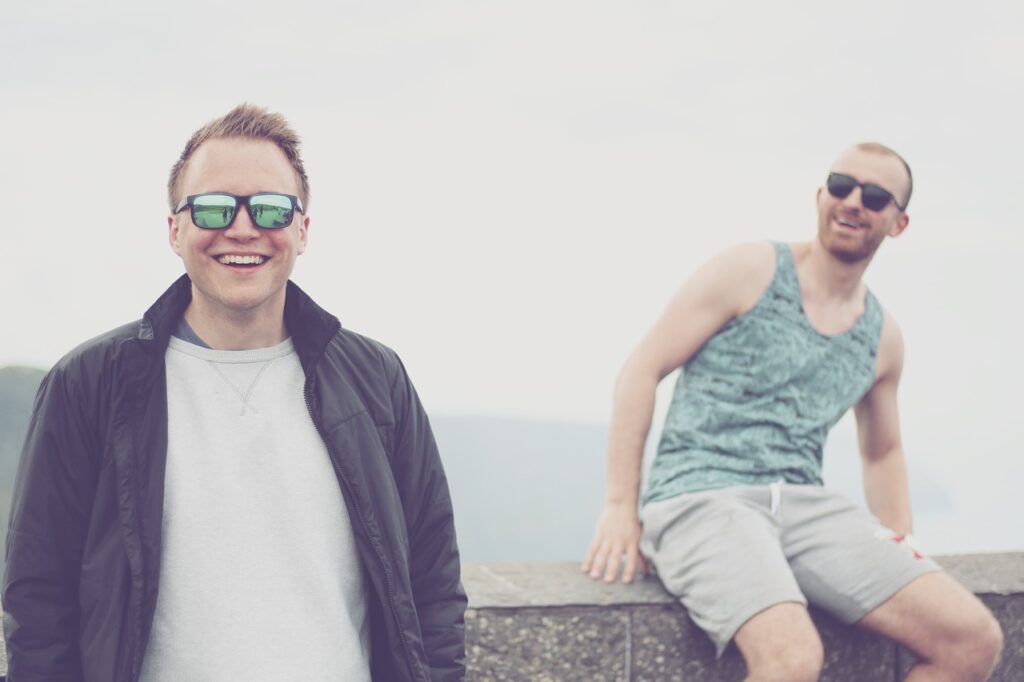What Kind of Plate Boundary Runs Across Iceland?
Iceland, a realm of awe-inspiring landscapes and geothermal marvels, conceals a geological mystery beneath its surface. The inquisitive might ponder, “What kind of plate boundary runs across Iceland?” The key to this enigma lies in the intricate convergence of tectonic plates, specifically the North American and Eurasian plates. So, What Kind of Plate Boundary Runs Across Iceland? Iceland, perched atop the Mid-Atlantic Ridge, emerges as the juncture where the North American and Eurasian tectonic plates intersect. This distinct geological placement transforms the nation into a dynamic hotspot, teeming with volcanic activity and seismic energy. What is the Mid-Atlantic Ridge? A Brief Overview The Mid-Atlantic Ridge, an expansive underwater mountain range, serves as the backdrop to Iceland’s geological narrative. Functioning as a divergent boundary, the plates gradually move apart, sculpting the landscape over eons. Notably, Iceland stands as one of the rare locations where this ridge breaches the ocean’s surface. Geological Activity Iceland’s geological rhythm beats with volcanic eruptions and the continual formation of new crust. Magma ascending from the mantle sculpts the island’s rugged topography, resulting in a landscape punctuated by volcanoes, geysers, and sprawling lava fields. Tectonic Plate Movement In the intricate choreography of the North American and Eurasian plates, a gradual separation unfolds, inducing tension along the Mid-Atlantic Ridge. This tension materializes in earthquakes and volcanic outbursts, providing a tangible manifestation of the Earth’s formidable forces. Iceland serves as a living laboratory, where the consequences of plate movement are visibly on display. Icelandic Rift Valley At the heart of this geological saga lies the Icelandic Rift Valley, a conspicuous testament to the plates pulling apart. The valley serves as a visual chronicle of the ongoing tectonic processes, offering a vivid portrayal of the raw power and aesthetic splendor inherent in Earth’s dynamic evolution. Geothermal Energy Iceland’s distinctive geological disposition translates into pragmatic advantages. The country taps into geothermal energy, a direct outcome of its positioning on the Mid-Atlantic Ridge. By harnessing this natural resource, Iceland pioneers sustainable energy production and geothermal heating, creating a positive impact on both its environment and economy. What Kind of Plate Boundary Runs Across Iceland? Conclusion In summary, unraveling the question, “What kind of plate boundary runs across Iceland?” unveils a captivating narrative of geological complexity. Iceland’s location on the Mid-Atlantic Ridge not only sculpts its dramatic landscape but also propels forward its initiatives in sustainable energy. Grasping the dynamic forces beneath the surface enriches our appreciation for the natural wonders that render Iceland truly extraordinary.
What Kind of Plate Boundary Runs Across Iceland? Read More »









